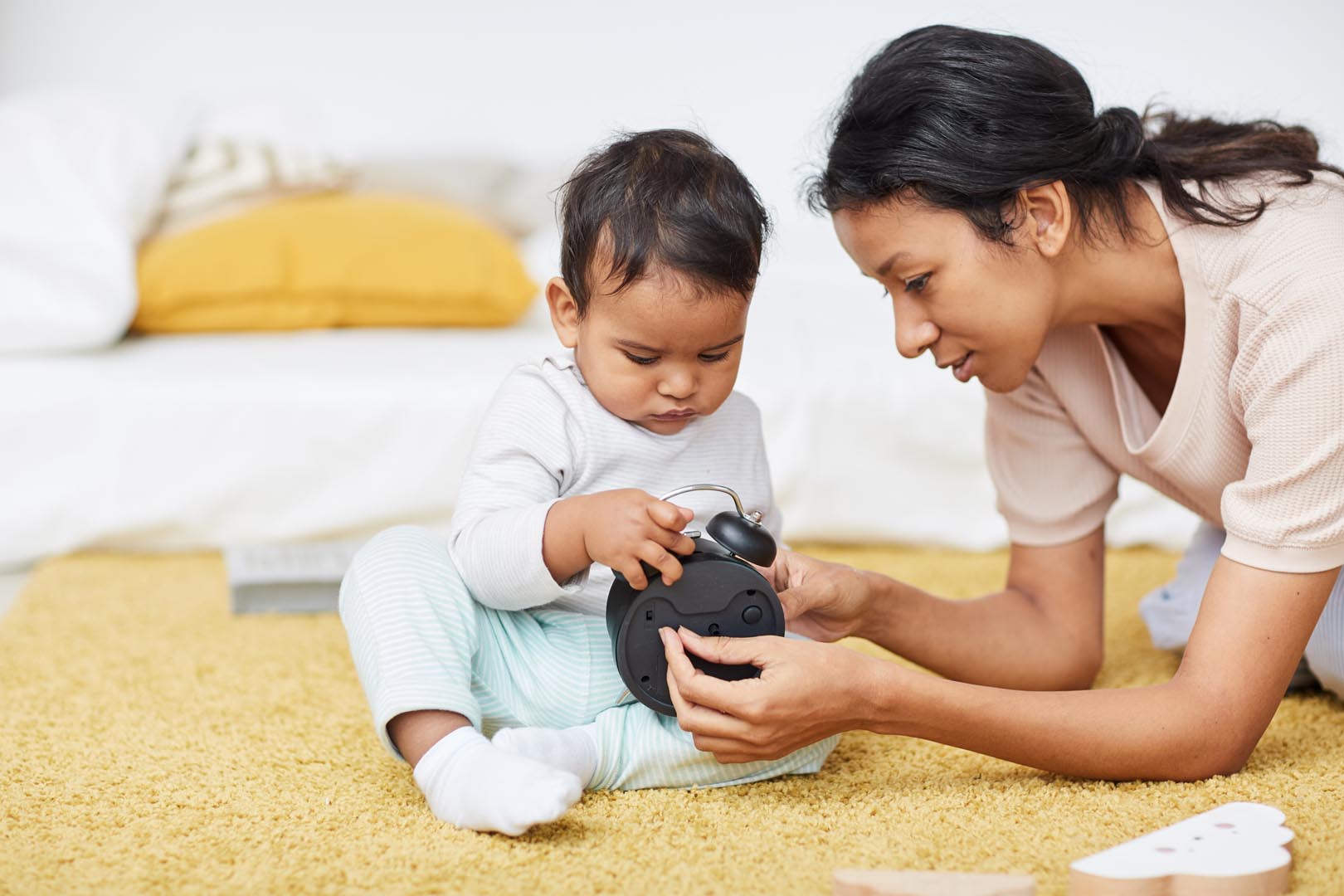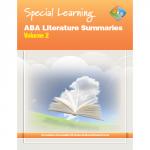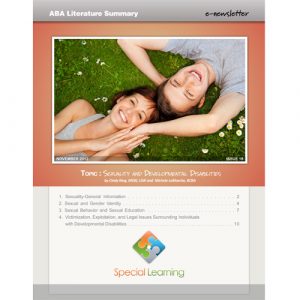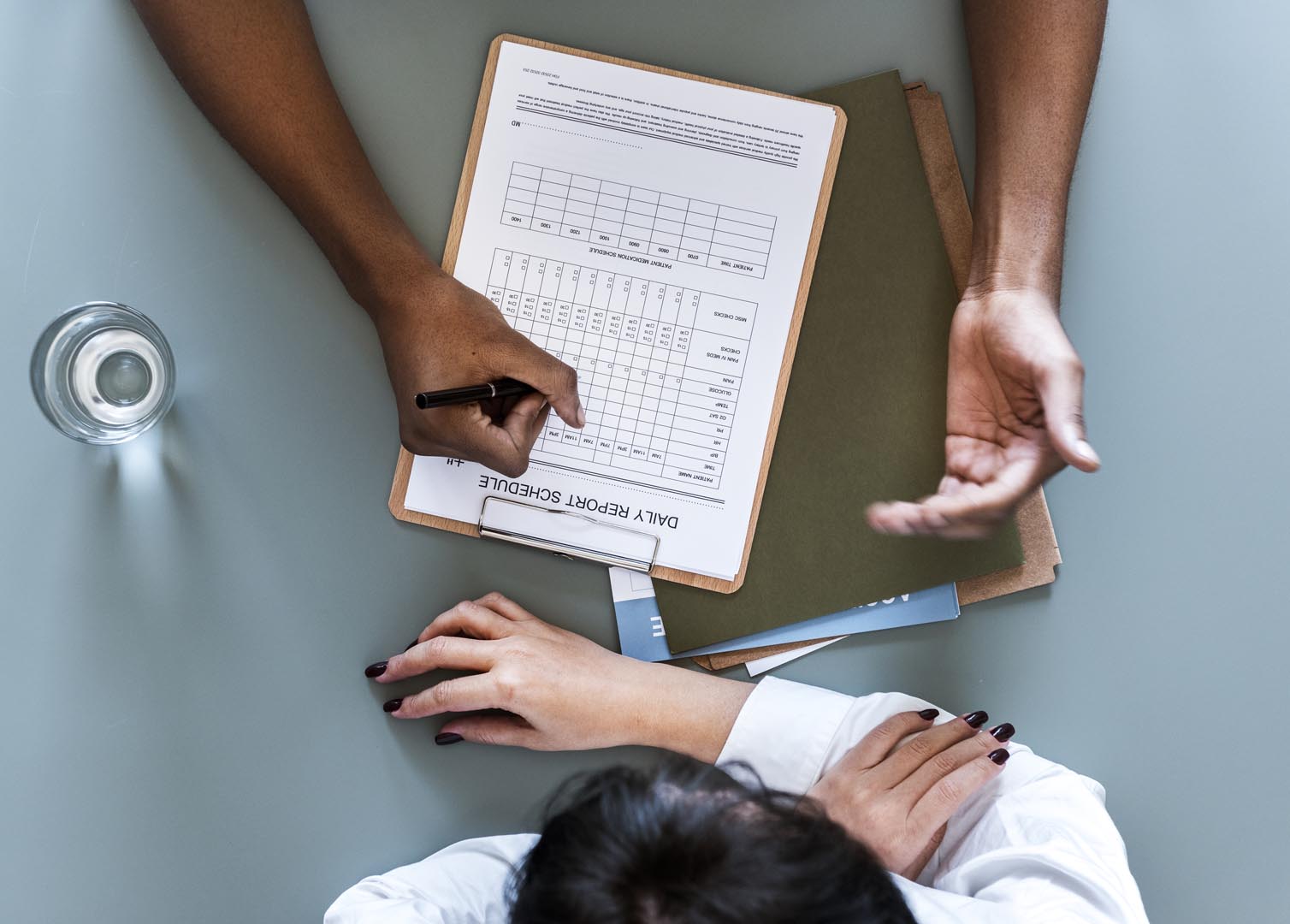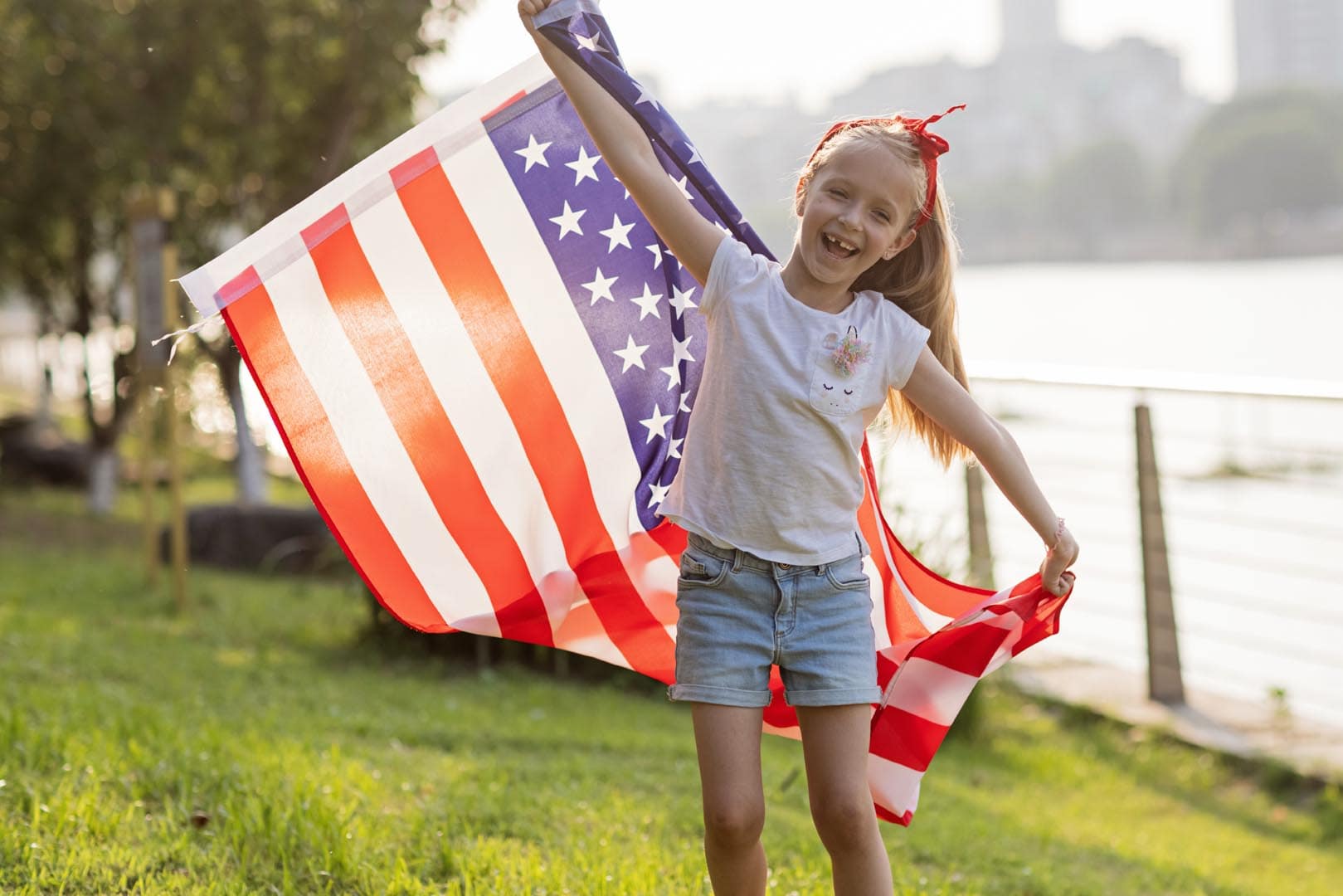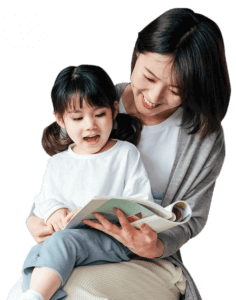Overview of ABLLS-R
The Assessment of Basic Language and Learning Skills- Revised (The ABLLS-R) is a skills-based system of assessment, curriculum, and tracking system that addresses the basic language and functional skills of an individual with autism and other developmental delays. It is used as a tool to help develop customized curriculums to teach language and other critical skills to children with autism or other developmental disabilities.
The ABLLS-R focuses on 25 skills in the areas of language, social interaction, self-help, academic, and motor skills that most typically developing children need prior to entering kindergarten. Expressive language skills are assessed using the Verbal Behavior method of behavioral analysis of language using a system developed by Dr. B.F. Skinner in his book, Verbal Behavior (1957). The assessment portion of this tool assists in the identification of skills needed by the child to effectively communicate and learn from everyday experiences. Results from this assessment are used to identify obstacles that prevent a child from acquiring new skills. This information is then used to develop a comprehensive language-based curriculum.
The original version of the ABLLS was developed by Dr. James W. Partington, Ph.D., BCBA- D, and Dr. Mark L. Sundberg, Ph.D., BCBA-D. It was revised in 2006 by Dr. Partington and is currently referred to as ABLLS-R. The revised version incorporates new task items and provides a specific sequence in the developmental order of items within the various skill areas. A significant contribution was made by Denise Senick-Pirri, SLP-CCC in the vocal imitation section. Additional improvements include a way to associate items with social interaction skills, motor imitation, and other joint attention skills, and to ensure fluency of acquired skills.
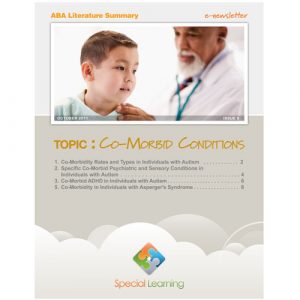
Co-Morbid Conditions – ABA Literature Summary
PRICE: $4.99
While ABLLS-R is most commonly used on children with autism and other developmental disabilities and delays, it can be used for anyone with delayed basic communication or life skills. The ABLLS-R assessment is conducted by observing a child’s behavior in each of the 25 skill areas. This is done by the instructor providing a stimulus to the child to assess skills based upon what a child does and does not do (assessment of behavior). Input from parents and other instructors is also taken into consideration.
The ABLLS-R is broken out into two separate books that work in conjunction with each other to accurately assess the child’s skills. The ABLLS-R Protocol is used to assess a child’s performance. The ABLLS-R Guide provides information about the features of the ABLLS-R, how to correctly score items, and how to develop Individualized Education Program (IEP) goals.
Copyright © by Special Learning Inc. All right reserved. No part of this article may be reproduced in any manner whatsoever without written permission except in the case of brief quotations embodied in critical articles and reviews. For information, contact Special Learning Inc., at: contact@special-learning.com